
Review: Casio XJ-A257
Portable Hybrid Laser Projector.
Review:/ Brad Watts
Casio has always been surprising in its product lineage. Since its inception in 1946 and the world’s first all-electronic calculator in 1957, the company has turned its collective might to an expanse of electronic goods; from musical instruments, cameras, cash registers and point-of-sale systems, digital watches, calculators, watches with built-in calculators, printers (the world’s first inkjet in fact), and since late 2003, projectors.
Compact digital projection units have progressed wildly in the last 20 years. Initially heavy and large three-colour CRT devices hung from ceilings, the market really didn’t move out of the enterprise field until the advent of Texas Instruments’ DLP technology. Ever since, there’s been a reduction in size and price – to the point where projectors are easily integrated into domestic settings. A primary issue prevailed during this development; namely lamp heat output and the short life cycle of said, somewhat expensive, replacement lamps. With an average life cycle of around 2000-3000 hours, this ongoing expense obviously adds continual running costs and maintenance.
SIX YEARS OF LAMP FREE
Being the adventurous innovator, since 2010 Casio has pioneered the use of laser-based light sources. While the competition was attempting to extend lamp life, Casio was developing a light source that didn’t require cooling fans, didn’t use eco-unfriendly and difficult to dispose of mercury vapour lamps, took up far less space within a projector, all while offering an appreciably longer lifespan. Hence the light source is under warranty for five years, with a 10,000 hour/five-year warranty on the rest of the unit. Casio is confident in the technology. Let’s have a look.
Casio’s recent lineage of projectors includes six ‘Slim/Green’ units. The half dozen units begin with XGA 1024 x 768 resolution, 2500 lumens and no wireless connectivity, through to WXGA 1280 x 800 resolution, 3000 lumens and wireless network connectivity. Sitting in my entertainment room is the top-of-the-line slim model, the XJ-A257, which retails for A$2049. To be frank, this model is undoubtedly your best choice in the range, with a mere $200 difference compared to the mid-shelf XJ-A242 (2500 lumen/WXGA 1280 x 800/no wireless).
MORE INFO
Warranty
Standard: 5-year/10,000-hour parts and labor warranty. 5-year warranty on light source.
Shriro Australia
1300 768 112 or www.casioprojector.shriro.com.au
Price
XJ-A257: $2049

SLIM & GREEN
Slim? These are indeed the catwalk waifs of Casio’s projectors. Measuring a mere 29.7 x 21 x 4.3cm and weighing 2.3kg, the XJ-A242 model feels and carries much like a laptop. Casio spent years miniaturising calculators – now it’s shrunk the projector (‘sorry Honey’). Adding to the laptop vibe is the inclusion of a padded carry-bag, which offers an extra pocket for the included power, AV and RGB cables, and remote control. Quite tidy and ideal for travel. As for the ‘Green’ part of the ‘Slim/Green’ range, the units use as little as 165W in bright mode, and 120W in ‘Eco’ mode. Adding to the eco credentials is the lack of warm-up time you require with mercury vapour lamps — full brightness, immediately from power-up. Additionally, The power system is international, accepting 100 to 240V, so there’s no need for additional power supplies while travelling.
IMAGE IS EVERYTHING
Image-wise, the 3000 lumen projector sets a splendid image, with a contrast of 1800:1 and bounced via 0.65-inch Texas Instruments DLP chip. Image size ranges from 18 to 300-inch (diagonal) from a projection distance of 0.85m to 4.8m. It’s a crisp display with 16.7 million colours.
Operationally, the menu-driven operating is simple to navigate. You’ll find everything you need without resorting to the manual. All operation, including zoom and focus, is via membrane buttons. Fortunately focus and zoom have dedicated call-up buttons, with adjustment via the four navigation/parameter buttons – quick to access and adjust.
PORTABILITY IS ALSO EVERYTHING
It would appear truly portable projection is a reality, with more than acceptable brightness and without fragile and expensive mercury-based bulbs. Running costs are paltry and connectivity is comprehensive. Whether traipsed between presentations in multiple worldwide locations, or even as a domestic and easy-to-conceal entertainment projector, the XJ-A257 slim green projector deserves attention.
CONNECTIVITY
Connectivity is bountiful in such a compact unit: HDMI input, along with VGA input will allow connection from computers, with the highest resolution being UXGA (1600 x 1200). DTV/HDTV resolution runs from 480i through to 1080p. These resolutions will cover most playback via laptops or similarly spec’ed netbooks, which is likely to be where the projector will be predominately deployed. For those requiring YCbCr/YPbPr input, this is input to the VGA input via an optional adaptor cable. Perhaps more impressive for road warriors is the projector’s ability to accept vision via a micro USB-B port. Additional free software from Casio must be installed on your OSX or Windows machine, along with freeware third-party software for audio such as a VDD driver for Windows and Syphon virtual screen for OSX. Audio-wise, Dante’s Via would do a better job, and would perhaps mesh more easily with in-house AV systems. This said, you can avoid presenting from your laptop using the USB-A port — simply save your presentation to USB flash memory (playback files can be AVI, MOV or MP4, along with popular image files, PDFs, and presentation files such as ECA and PtG). Then, if you’re sick of the cable waltz, play all these file types over wireless LAN. Run material wirelessly from your smartphone or wireless camera if you want. You can also save up to 2GB of data to the projector’s built-in RAM for cable-less operation. There’s an RS232 port for serial control but no ethernet input.
CASIO GLOBAL GM INTERVIEW
Christopher Holder chatted to the Global General Manager of Casio’s Projector Division, Tetsuro Ono, at InfoComm16.
AV Asia Pacific: What’s your strategy to maintain market share now the lamp-free sandpit is getting crowded?
Tetsuro Ono: Six years ago, back in 2010, we announced the world’s first lamp-free projector — the Green Slim — based on an LED+laser light source. Around two years ago Panasonic, BenQ and others entered the market. The competitors are entering the higher lumens end of the market and are all-laser. More recently, this year, Hitachi and Optoma, have demonstrated all-LED projectors.
Our strategy and how we will differentiate ourselves in the market is to concetrate our fight in the mainstream market — the 2000- to 4000-lumen lamp-free market — which accounts for 70% of the projector market.
The other brands are fighting it the higher brightness market and doing so with all-laser designs at higher prices. We’re not fighting those players, our fight is against lamp-based projectors and to work to change the market — from lamp to lamp-free.
AV Asia Pacific: You use a hybrid LED + laser light source. Is it the technology to take you there?
Tetsuro Ono: Our hybrid LED + laser technology is something we’ve successfully worked on for six years. The beauty of it is its low power consumption, which means we can package the light source into smaller units. Especially against competitors that are all-LED or all-laser we have the advantage, and especially in the mainstream area.
We want to stay ahead in terms of price and size – staying more compact. But we want to lead in more than just these two respects. We are constantly working to improve our lamp-free technology. We will keep adding unique Casio unique features, adding more value.
AV Asia Pacific: You didn’t have much of a history in the sale of projectors. Did that make it just that much harder to gain a foothold in the market?
Tetsuro Ono: Firstly we developed the AV channels. They’re proactive and can sell the advantages of lamp-free projection. After six years we remain the market leader in lamp-free projection — we have a 73% market share. And in that time our total share of the projector market has grown to 4%. We are not satisfied with our overall share. We have to increase that.
Our XJ-V1 projector, which we released mid 2015, has been leading the way with the next phase in our strategy. We want to keep the price difference [between the Casio lamp-free projector and the equivalent competitor] to under US$200 — up until the XJ-V1 it’s been ~US$500. Recently, not only AV but IT channels are handling that model. So the XJ-V1 is a game changer for us. We sold ~40,000 units in 2015 and we expect it will help us gain a high overall market share.
AV Asia Pacific: How is the projector division seen within Casio? Are you the crazy guys in the basement?
Tetsuro Ono: Casio is built on innovation. We created the first digital camera, the first digital watch and the first digital calculator. So for us to create the first lamp-free projector is seen as another Casio innovation. Casio has high expectations of the projector division, and that it will be a key part of the Casio business in the future. Our 2017 roadmap is very impressive and many of these products will also suit ANZ market.


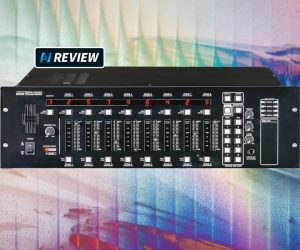
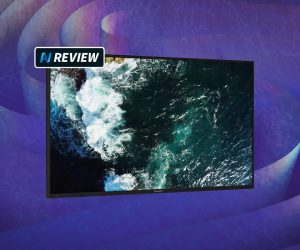
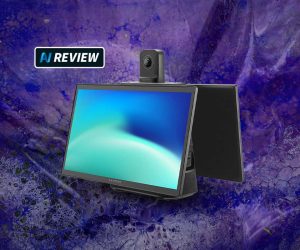

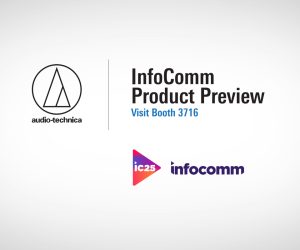
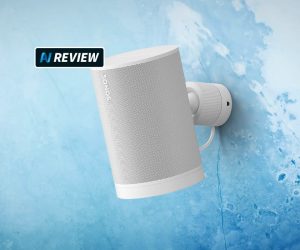
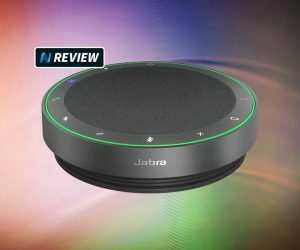
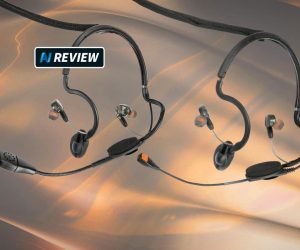
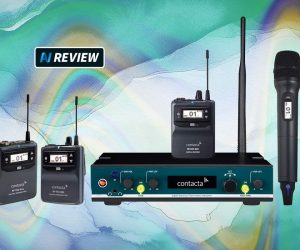
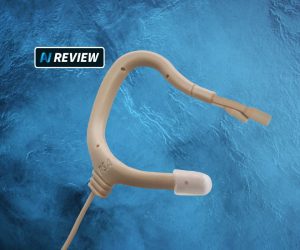
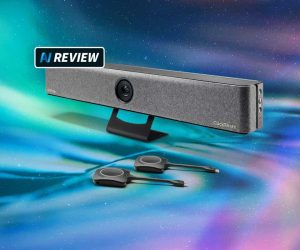
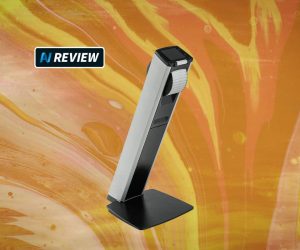


RESPONSES